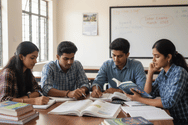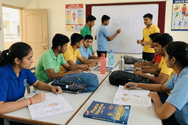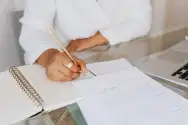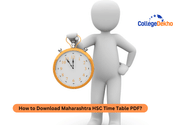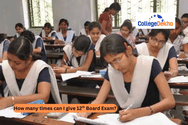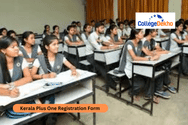
Never Miss an Exam Update
The political landscape of India has undergone significant transformations over the past few decades, shaping the country’s governance, policies, and democratic structure. Chapter 8 of CBSE Class 12 Political Science, Recent Developments in Indian Politics, examines key political events, policy shifts, and emerging trends that have influenced India’s political system since the 1990s. The chapter provides essential information about the influence of coalition governments and economic reforms and regional parties on contemporary Indian political dynamics. The evolving political dynamics become more understandable when students refer to the important questions combined with their answers as fundamental learning tools. These assessment questions touch on a broad spectrum of political content that focuses on single-party downfall and coalition ascension and economic reforms in governance. The questions students encounter in this chapter include essential information about political developments covering the Mandal Commission suggestions as well as the Ayodhya conflict and rising prominence of domestic political groups. Globalization serves as a central point of discussion in this chapter along with its effects on Indian economy and politics. Students should answer queries about the impact liberalization policies made on India's economic approaches and foreign alliances as well as electoral procedures. This section explores present-day political difficulties involving governmental instability as well as corruption problems and media influence on public perception.
Bulk education of these crucial examination questions with provided answers allows students to gain enhanced knowledge about India's recent political developments with their democratic influences. Exam preparation questions along with question-answer formats enable students to build analytical skills for examining modern political developments affecting government operations and social policy creation and social structures. Prepare thoroughly with the most important questions of CBSE Class 12th Political Science Chapter 8 - Recent Developments in Indian Politics. You can first cover the CBSE Class 12th Political Science syllabus to understand the key topics and then start solving the CBSE Class 12th Political Science Chapter 8 - Recent Developments in Indian Politics Important Question to get a better understanding of your preparation level. Start practicing now.
Are you feeling lost and unsure about what career path to take after completing 12th standard?
Say goodbye to confusion and hello to a bright future!

Was this article helpful?
















